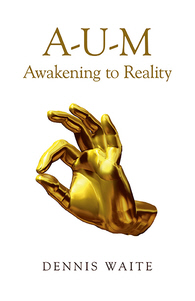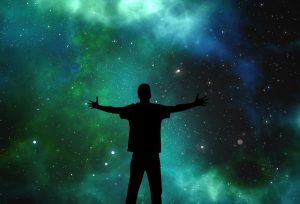It appears that more and more people are taking to Non-duality as can be seen from the discussions on the social network platforms. One unfortunate fallout of this development is the absence of the rigor and purity of the Advaita message. Keeping in mind new beginners, I made three posts at a popular networking site. I thought of sharing them so that they may be useful for casual readers here and also to benefit myself from the comments/observations of the more senior followers of Advaita.
Post # 1. The Big “Me” and the small ‘me’:
It appears to me that there is some confusion in the concepts and usage of the two terms — the Big “Me” and the small ‘me’ in the Non-dual discussions.
I do not know about other Non-dual systems; but as far as Advaita goes, its doctrine explains these terms UNAMBIGUOUSLY.
It is quite popular in the West to suppose that all there is, is the Big Me alone. Hence, the theory seems to get extended to say that the apparent ‘me’ (the separate self) and the apparent world are also the “Me.” Therefore it’s all Oneness. That is NOT what Advaita says. Continue reading

 The Post on “
The Post on “
